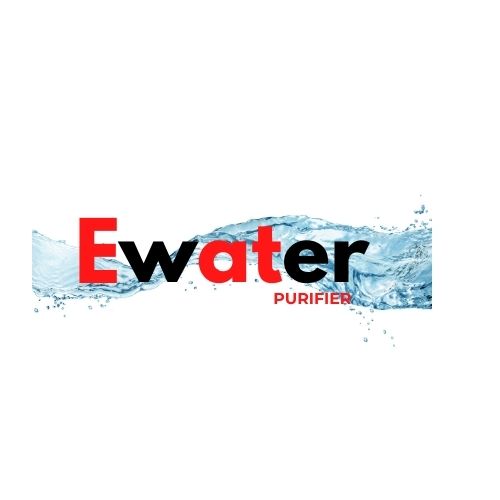GENERAL
Comprehensive Guide to Water Purifier Brake Pad Pricing: Understanding Value and Quality
BY ALEX MARTIN – OCTOBER 22, 2024
Basics
Brake Pad Types
Water Purification Technologies
Factors Influencing Pricing
Comprehensive Guide to Water Purifier Brake Pad Pricing: Understanding Value and Quality
In this article, we delve into the intricate world of brake pads specifically designed for water purifiers—a critical component that often goes unnoticed but plays a significant role in the overall efficiency and effectiveness of water purification systems. Water purifiers have become essential in many households, ensuring that the water we consume is clean, safe, and free from contaminants. However, just like any mechanical system, they require maintenance and replacement parts, including brake pads that can sometimes be overlooked. Understanding the price dynamics of water purifier brake pads is crucial for consumers who want to make informed decisions.
To begin with, it’s essential to understand the various types of brake pads used in water purifiers. Generally, there are two primary categories: organic and ceramic brake pads. Organic brake pads are made from materials like rubber, resin, and other organic compounds. They are favored for their quieter operation and softer touch but may wear out faster. On the other hand, ceramic brake pads are more durable and resistant to heat and wear, making them suitable for high-performance applications. The choice between these two types greatly influences the pricing structure of brake pads.
When it comes to pricing, several factors come into play. The brand reputation is one of the most significant influences on cost. Established brands with a history of quality and reliability tend to charge a premium. For instance, well-known manufacturers like Bosch and Raybestos may price their brake pads higher due to their investment in research and development, as well as their commitment to quality assurance. On the other hand, lesser-known brands might offer similar products at lower prices, appealing to budget-conscious consumers. However, it’s crucial to assess whether the lower price translates to lower quality or performance.
The materials used in the manufacturing process also impact the pricing. Higher-quality materials usually lead to better performance and longevity, justifying a higher price tag. For example, brake pads that are made with advanced composites or proprietary blends are often more expensive than standard options. This is because such materials can provide enhanced durability, reduced noise, and better overall performance. Additionally, the manufacturing process itself can affect costs; pads that undergo rigorous quality checks and testing phases are likely to be priced higher than those that do not.
Another aspect to consider is the compatibility of brake pads with various water purifier models. Some pads are designed to fit specific models or brands, and this exclusivity can drive up their prices. Consumers should ensure that they are purchasing the correct pads for their specific model, and this often means paying a bit more for tailored parts rather than generic ones. In contrast, generic brake pads may offer a lower upfront cost but could lead to performance issues or quicker wear, ultimately costing more in the long term.
Additionally, the availability of brake pads can also influence pricing. In regions where water purifiers are prevalent, there may be a higher competition among suppliers, leading to more competitive pricing. Conversely, in areas where such products are not in high demand, prices may be inflated due to limited supply. Online marketplaces and local auto parts stores often have varying prices, so it is wise for consumers to shop around and compare prices before making a purchase.
Lastly, promotional offers and discounts can significantly affect brake pad pricing. Many retailers run seasonal sales or offer bulk purchase discounts that can make a noticeable difference in overall costs. Staying informed about such offers can yield substantial savings for consumers looking to stock up on replacement parts.
Conclusion: In summary, understanding the pricing of water purifier brake pads requires a comprehensive analysis of various factors, including type, brand reputation, material quality, compatibility, and market dynamics. Consumers should not only focus on the initial price but also consider the long-term value and performance of the brake pads they choose. By doing so, they can ensure they make the best decision for their water purification needs, balancing cost with quality and reliability. As this market continues to evolve, staying informed about the latest trends and technologies will empower consumers to make smart, informed purchases that protect their health and investment.
